Common Bugloss (Anchusa officinalis)
Common in isolated areas of Montana
Quick ID
- Typically blue to purple flowers, but may be pink or even sometimes white
- Fiddleneck flower stems that uncurl as they mature
- Stems and leaves succulent and fleshy and densely covered in course hairs
- Plants usually 1'-2' tall
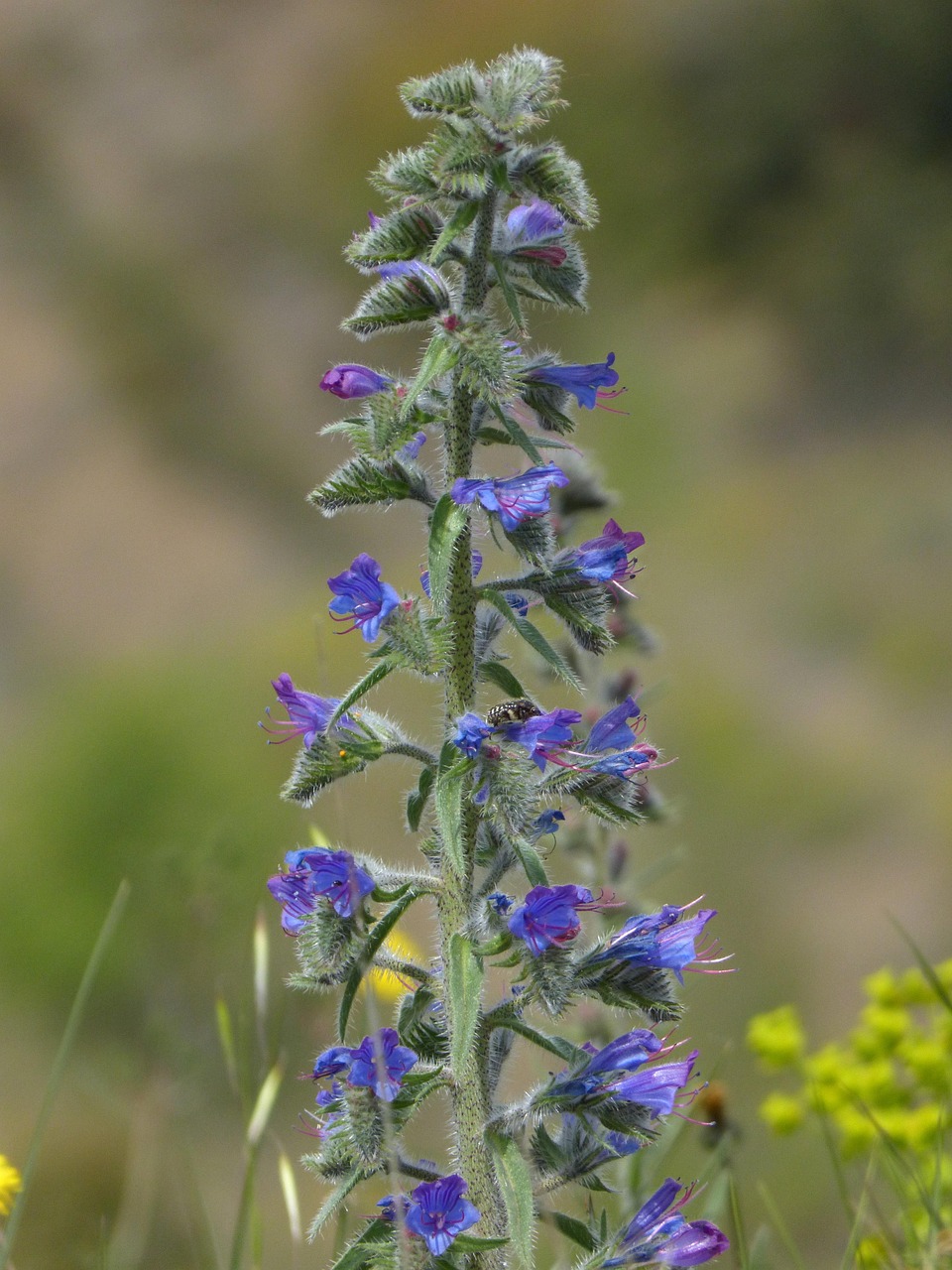
Common Bugloss Plant
Weed Images
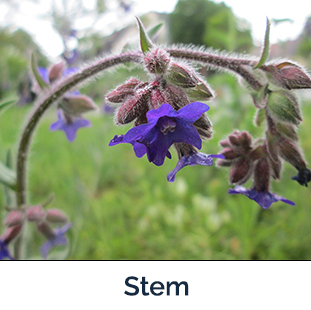
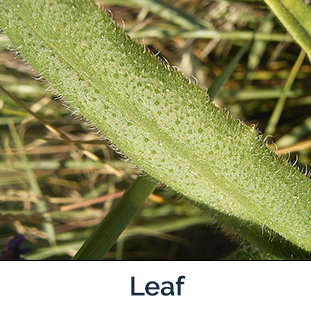
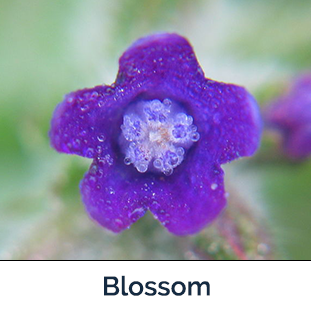
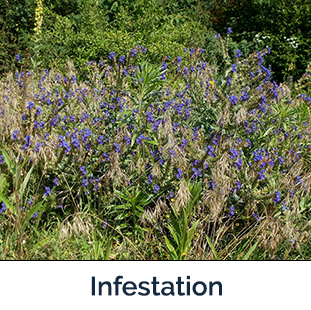
Weed Specifications
| Type | Information |
|---|---|
| Toxicity | Unknown, but it is in the borage family, which contains many species with pyrrolizidine alkaloids toxic to livestock and humans. |
| Best Management Practices | Prevention and diligently prevent plants from going to seed; clean vehicles, shoes, clothing and pets to prevent seed spread; herbicides are most effective at the rosette stage and surfactant is especially important because of the hairy leaves, desirable plant competition; continuous mowing can prevent or decrease seed production but won’t eradicate the plant, plants will regrow and bloom after mowing; forms large, dense stands, but small infestations can be dug, removing as much taproot as possible; wear long sleeves when handling plants, as hairs cause skin irritation; bag and dispose of seeding plants. |
| Habitat | Hayfields, pastures, rangeland, riparian areas, and disturbed areas. |
| Root | Deep and woody taproot that produces a purplish red dye. |
| Leaves | Hairy, succulent and fleshy, becoming smaller going up the stem. |
| Lifespan | Perennial, typically a basal rosette the first year, then sending up flowering stalks the second year and following years. |
| Similar Looking Plants | Blueweed |
| Important Information | Primarily spreads by seed, averaging 900 seeds per plant and seeds remaining viable for several years, but shoots can also develop from root stock fragments; fleshy stalks can cause hay bales to mold. |

